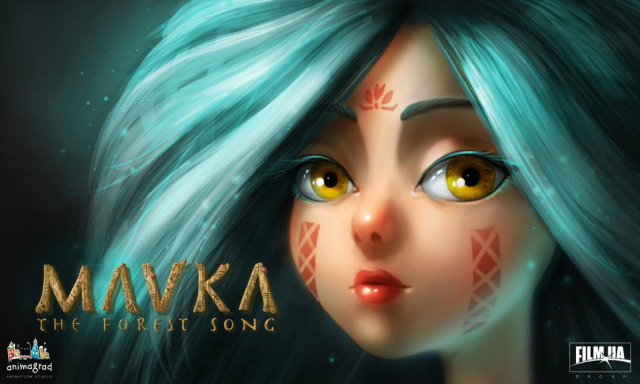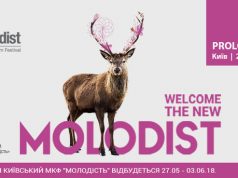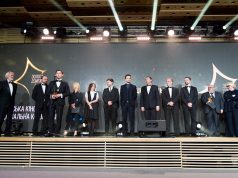Among the many other symbolic anniversaries of the year 2017, we also saw the celebration of the 90th Anniversary of the beginning of cartoon creation and animation on Ukrainian territory. This story is no less interesting that of any other part of Ukrainian history.
1927: The Beginning
The first-ever Ukrainian cartoon was Vyacheslav Levandovskiy’s “The Chaff Goby” (“Solomennyi Biychok” ), which was filmed in 1926 and first presented in 1927. It was created with a unique technique utilizing paper marionettes, and based on a story based in a folktale. The cartoon was about ten minutes long.
It is obviously worth noting, that “The Chaff Goby” was produced in Odessa inside of a small cabinet of the VUFKU (All-Ukrainian Photo Cinema Administration). Unfortunately, the tape does not survive to the present day. Only a few separate stills survive which had been printed in magazines and newspapers before the tragic loss of the groundbreaking film.
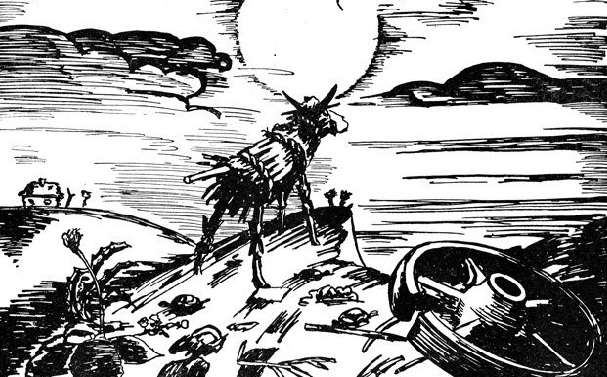
30’s – 40’s: The Deadlock
What came next was Levandovskiy’s important cartoon, “Ukrainization”, which was shot in Kyiv. A total decline in both the cinema and animation industry followed shortly afterward – the dreadful 30’s and the Second World War left no opportunity for any creativity to exist in the animation world.
Only about 15-20 examples of animation were produced in those years, most of these being educational in character. Illustrating molecular movement and the mixing of gases was the main idea. There is even a special name for such productions in animators’ language – “screws and nuts in tomato”.
1959: The Rebirth
The second, renaissance wave of animation development began in the 60’s. The rebirth of Ukrainian animation began in 1959 when the “Kievnauchfilm” studio was founded. Director Hippolyte Lazarchuk built a team of talented students and having absolutely no experience, as no animation school existed in post-war times, they created it all on their own over the next several years.
Both children and adults all over the Soviet Union were stuck to their screens with amazement when the “Cossacks” cartoon series appeared on television. Other remarkable works of the period include “Nikita the Tanner” (Mikyta Kozhumyaka), “The Pepper’s Adventures”, and “The Bear and the One Living in a River”.
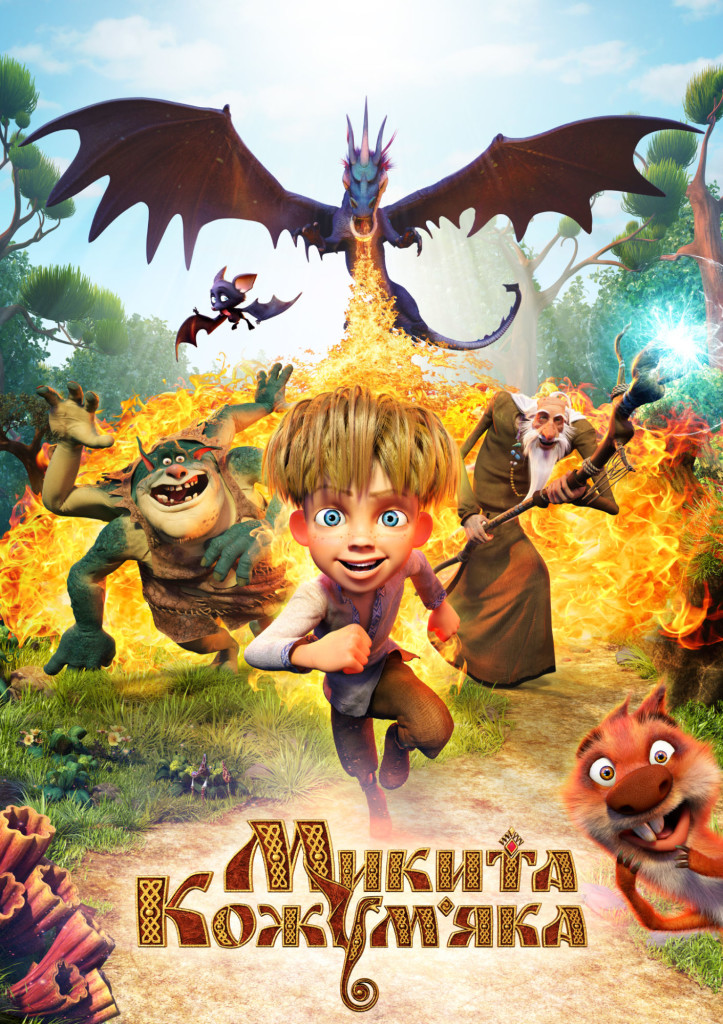
Up To Perestroika
The 70’s to the 80’s constituted a continuation of Ukrainian animation’s days of glory. There was the witty “Adventures of Captain Wrangel” series about the comic adventures of a hapless sea captain in circumnavigating the world. Other cartoons such as “Doctor Aybolit”; “Capitoshka”, “Treasure Island” and “Alice in Wonderland” all became beloved classics, which are all remain popular with audiences of all ages to this very day. Kievnauchfilm cartoons were also winners of numerous international prizes, including those given at the World Festival of Animated Film in Zagreb and the Animated Film Festival in New York.
Although it was filmed in Moscow, “Plasticine Crow” was created and directed by Ukrainians, and can also be attributed to the great examples of that epoch of Ukrainian animation. Great colors, skillful work with complicated techniques including plasticine and marionettes, powerful songs and lively humor in service of bottomless kindness were the distinctive features of the series.
After the Soviet Union: Years Of Decline
David Cherkasskiy’s unfinished “Crazy Pasta” represented the end of the “golden era” as the USSR proceeded to break up and the lunatic 90’s began. Government financing also ended and most animators switched to making commercials and ads. Plenty of them also left the industry or migrated to other countries.
Despite all this “Ukranimafilm”, the descendant company of “Kievnauchfilm’s” continued to produce 3-5 cartoons per year and even continued winning some major awards abroad. Their 2002 cartoon “The Tram Was Going, Number Nine” was the first Ukrainian animated film to win the “Silver Bear” at the Berlin Film Festival – and it took home five other prizes in Yalta, Stuttgart, Tallinn and Kyiv as well.
A way out of the crisis for many studios was starting to focus on co-production and to begin working on request with Western European partners. For example, the “Borisfen” studio has a more than ten-year-long history of co-production with France, which made it possible to issue new cartoons almost every month even during the hardest times.
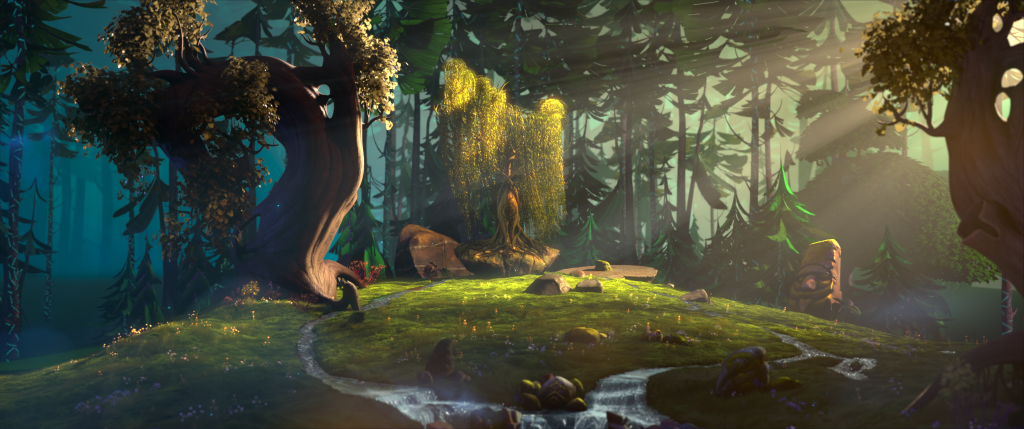
The Present Day: A New Turn To Be Expected?
In December 2014, the first Ukrainian feature-length animated film to go public, “Babay” was released by “Ukranimafilm”. The film garnered generally negative feedback – but on the other hand the ice was now firmly broken. The next such attempt took place two years with “Nikita the Tanner”, which was also known as “The Dragon Spell”. It was a much bigger success.
Being the first 3-D animated movie, produced in Kyiv, Odessa and Kharkiv, “The Dragon Spell” took part in the Marche du Film in Cannes, and won the National “Golden Top” award.
Annecy: A Warm Welcome
On its 90th Anniversary, Ukrainian animation was represented for the first time with a national stand at the Festival International du Film d’Animation d’Annecy – which is one of the most prestigious cartoon festivals in the world. It took place this year on June 12-17. Ukraine also became part of the Mifa Market, which is a “Marche du Film” analogue for Annecy, with a storied 30 year-long history.
Created with governmental and Ukrainian Animation Association support, the stand introduced two big projects – the first teaser for “Mavka. The Forest Song”, a film which is now in production and predicted to be “one of the finest animated block-busters ever” and “The Dragon Spell” mentioned above.
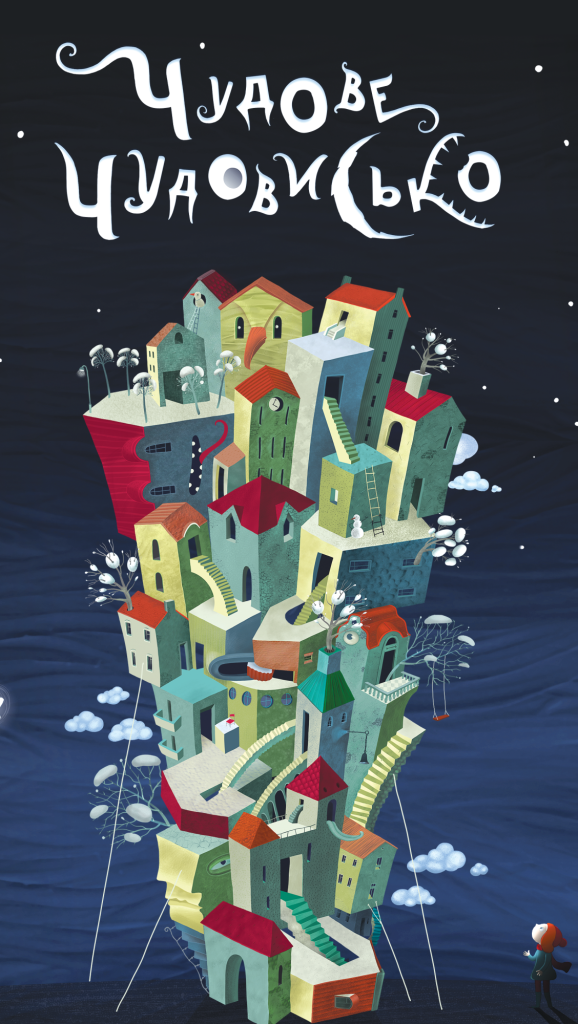
Thus great new perspectives are opening up for Ukrainian animation. Plenty of problems still remain, such as a lack of educational base for newcomers, the absence of some clear financing schemes, and a search for an individual style to replace what was often basically rote imitation of older styles. But in the end, creativity and willingness to change the world always win. So, let us wish much luck and strength to our animators and celebrate all their achievements together with lots of pride!
Olena Golubeva is a Professor at Kiev National University of Theater, Film and Television IK Karpenko-Kary and director of animation studio “Red Dog.”
Yevgeniya Seleznyova is a journalist living in Odessa.




























